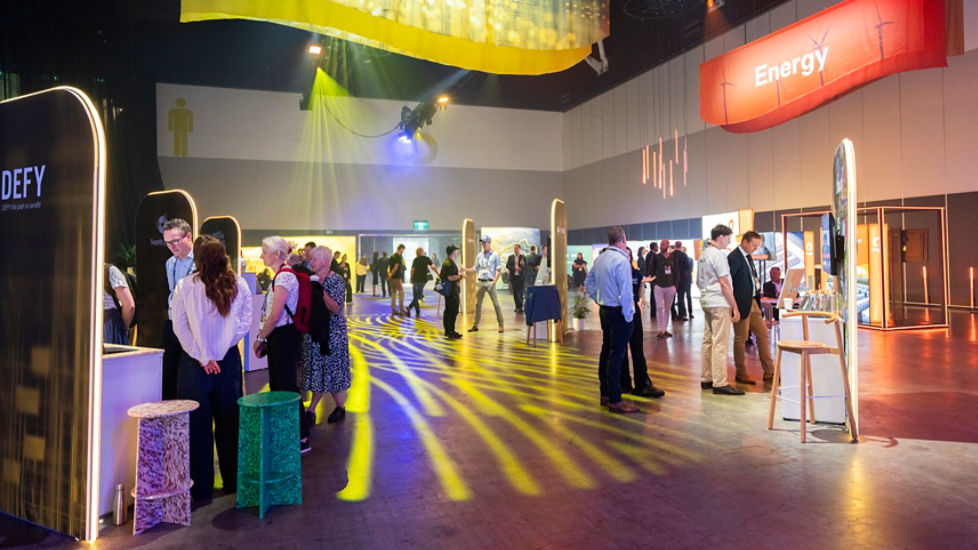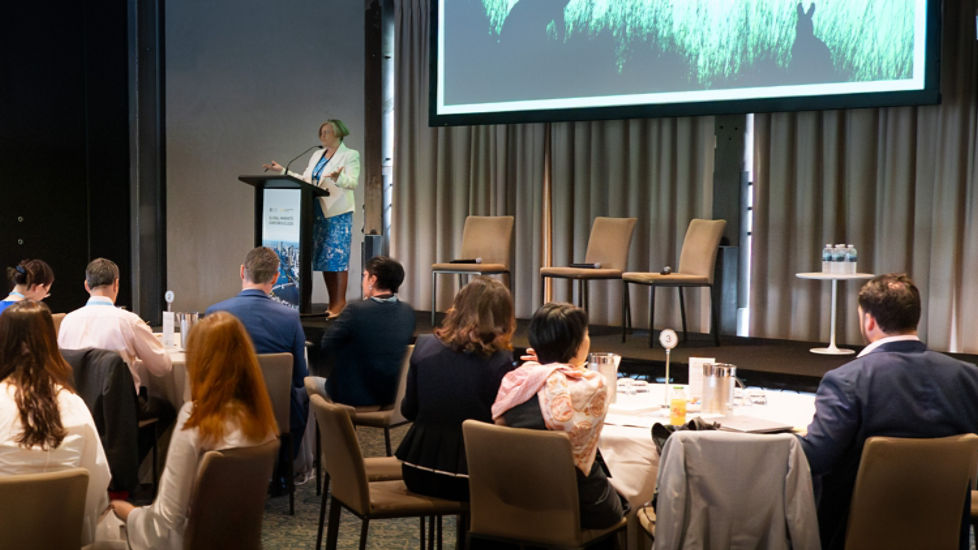Australia’s beef and dairy industries are both recognised as world leaders, and now the two sectors are coming together to find ways to breed and manage stock that could be suited for beef production, but created from the dairy sector.
The Australian dairy industry is the nation's third largest rural industry, with farmgate production valued at $4.9 billion1, making it a key contributor to the ag sector, and the wider Australian economy, but one of its longstanding challenges is that only a certain percentage of the calves born each year are required as replacement milking females.2
According to Cameron Renshaw who is supporting significant projects in the Beef on Dairy industry, here is where the opportunity lies for the Australian beef industry: using R&D and breeding technology to create calves that are suited for beef production.
“Throughout the dairy supply chain, we are starting to look at ways to use technology, whether that is artificial insemination, breeding techniques or other genetic practices to unlock these commercial opportunities for dairy producers. It’s a long process, but one that can deliver strong returns to producers and help them diversify their income stream,” Cameron says.
Dr Sarah Bolton, Dairy Beef and Animal Welfare Manager from beef processor Greenham, has extensive industry experience in looking at ways ag practices can evolve to be socially acceptable, economically viable and environmentally sustainable into the future. She has been researching and working closely with producers and industry to work out what a ‘beef on dairy’ program might look like and what challenges need to be met.
“Firstly, we need to ensure that milk production is our top priority. That is ultimately what replacement heifer calves are being bred for first,” Dr Bolton says. “But along with this, producers need to consider what is involved in creating a beef opportunity for surplus calves in a dairy operation. That includes planning how to address things like availability of additional labour, if they have the infrastructure in place to rear surplus calves, and any future fluctuations in seasonal conditions and commodity prices that may affect the economic viability of ‘beef on dairy’ production” she says.
“The question we’re all asking is how can we work towards a sustainable future for the industry where the management of surplus calves is economically viable year on year for the producer and the supply chain. It’s a balancing act.”
Brad Gilchrist, Global Beef Manager at genetic company Semex, says that ‘beef on dairy’ is starting to emerge in other global markets, and there are a lot of factors to consider as Australian producers start to become involved in pilot programs.
“It needs to be the perfect combination of the right program, and the right genetic package that not only suits the dairy producer, but the beef market, and of course the consumer. In Australia, we have a great opportunity to take the learnings, the data and the insights from other global programs, to make informed decisions on how we unlock this opportunity. We have the chance to jump on this opportunity now, and start making decisions today to set producers, the supply chain and the wider industry up for the future for this to be successful,” he says.
CommBank National Director for Agribusiness Carmel Onions adds to Brad’s insights, saying that the bank is having conversations with producers at the farmgate on where CommBank can support them on opportunities, like the ‘beef on dairy’ program, and others that contribute to the long-term sustainability of the ag sector.
“Producers are realising that there are more and more commercial opportunities to be realised in their operations,that not only add to their bottom line, but play a part in their long-term sustainability, and ladder up to their ESG (environment, social and governance) practices on-farm. From my conversations with producers, there has been a big shift from awareness of ESG to intent to act and implement these practices, and the ‘beef on dairy’ program is just one example,” Carmel says.
Find out how CommBank Agribusiness banking specialists can support your business commbank.com.au/agri.




